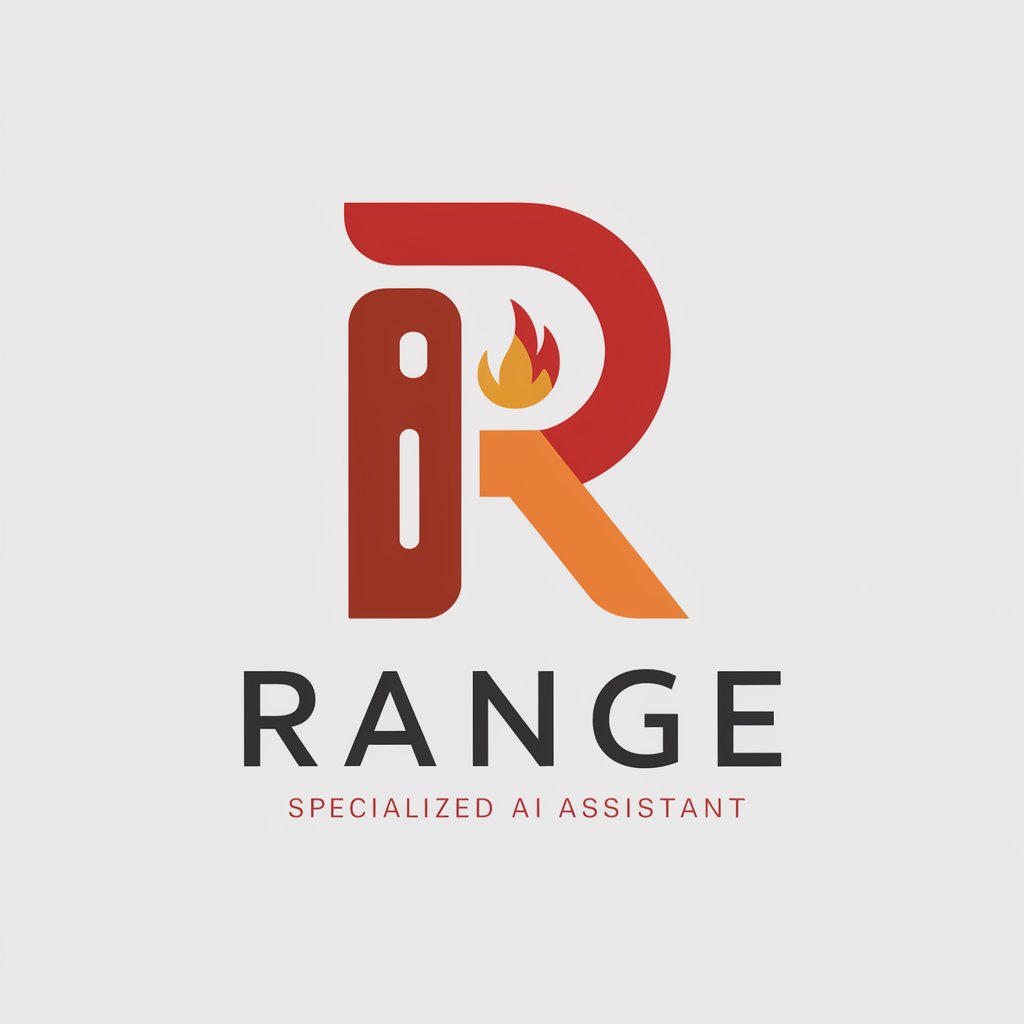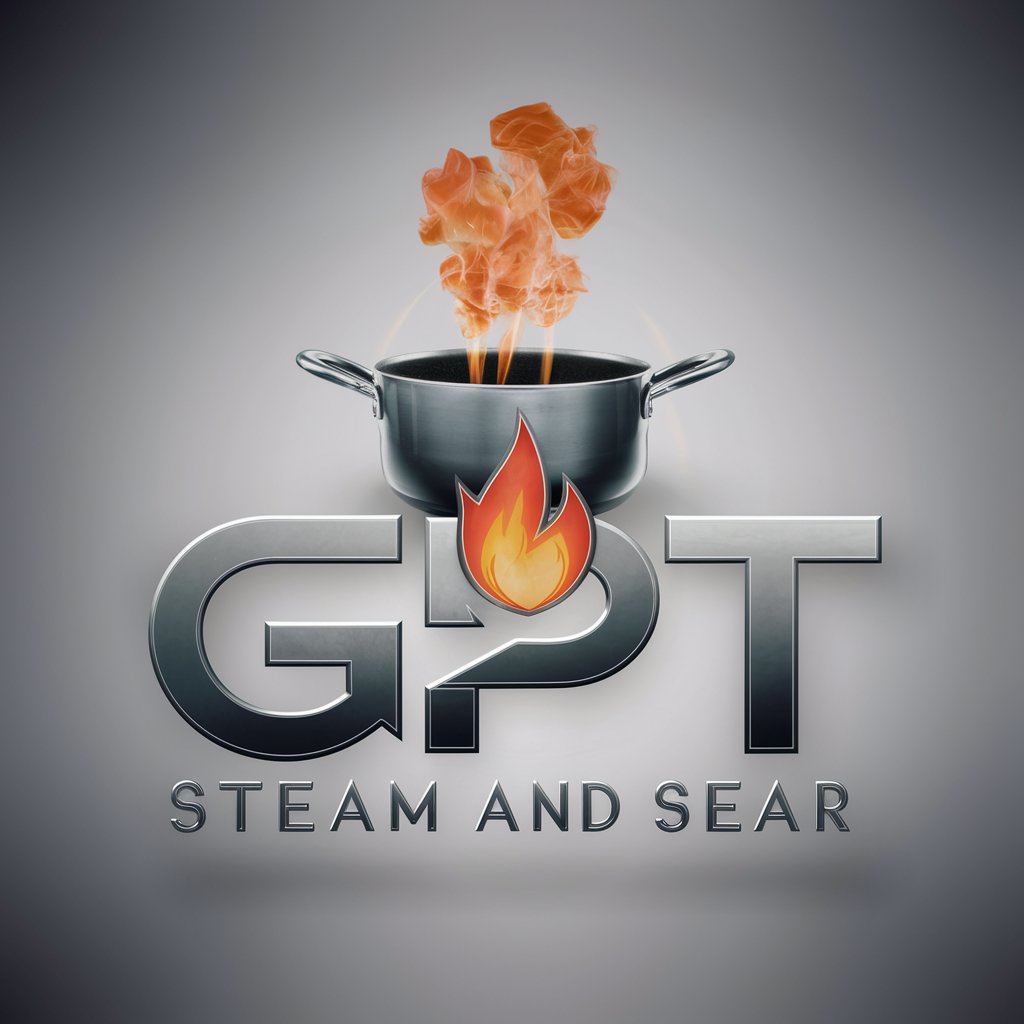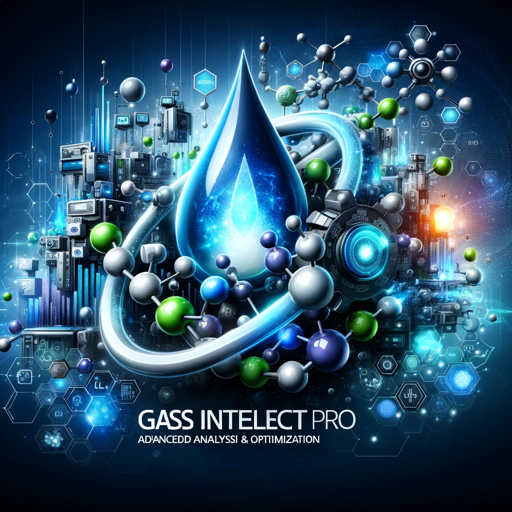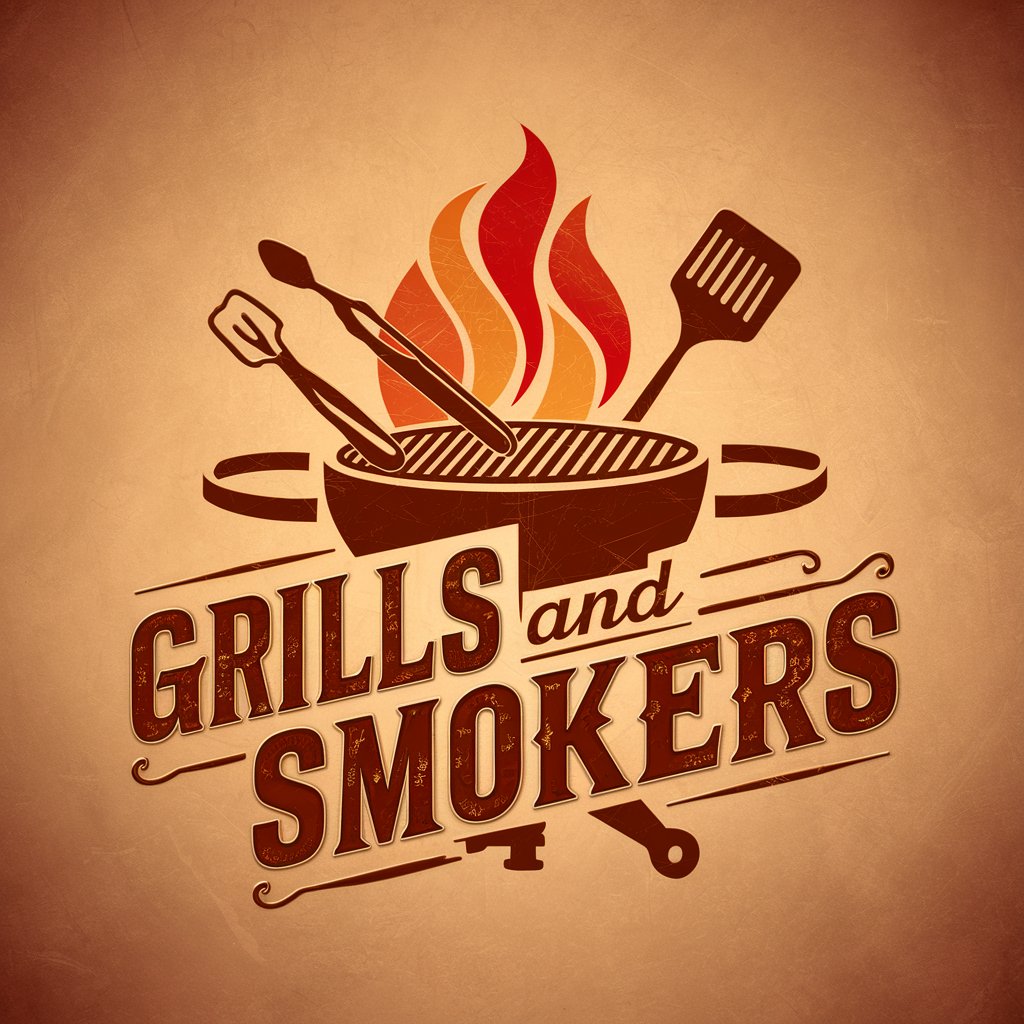
Gas Range - Gas Cooking Guidance
Hello! Ask me anything about gas ranges and cooking with gas.
Master the Flame with AI
Tell me about the best gas ranges for home chefs.
How do I clean my gas stove properly?
Explain the benefits of cooking with gas.
What are some safety tips for using a gas range?
Get Embed Code
Overview of Gas Range
A Gas Range, traditionally known as a gas stove or gas oven, is a cooking appliance that utilizes natural gas, propane, butane, liquefied petroleum gas, or other flammable gas as a fuel source. Its primary function is to provide an immediate and adjustable heat source for cooking. The fundamental design includes burners on the top surface for cookware and often an oven beneath for baking and roasting. Key features typically include precise temperature control, which is highly valued in culinary applications for its ability to quickly adjust the flame size and, consequently, the heat output. This makes gas ranges particularly favored for tasks requiring immediate heat changes, such as searing meats, simmering sauces, or rapidly boiling water. Scenarios illustrating the utility of gas ranges include professional kitchens where chefs need to cook with precision and speed, and home kitchens where cooks appreciate the tactile control over their cooking processes. Powered by ChatGPT-4o。

Core Functions of Gas Range
Precise Temperature Control
Example
Adjusting the flame to switch from a high heat for searing a steak to a low simmer for gently cooking a delicate sauce.
Scenario
In a bustling restaurant kitchen, a chef quickly sears multiple steaks to a perfect crust, then immediately lowers the flame to simmer a wine reduction sauce, demonstrating the range's swift adaptability to changing cooking needs.
Versatile Cooking Techniques
Example
Using the open flame to char vegetables or directly toast spices.
Scenario
A home cook utilizes the gas burner to char bell peppers for a smoky salsa, then toasts cumin seeds directly on the flame for a fragrant curry, showcasing the range's ability to facilitate diverse cooking methods.
Baking and Roasting
Example
Evenly roasting a chicken or baking a batch of cookies in the oven compartment.
Scenario
During a family holiday gathering, the host efficiently roasts a large turkey in the oven while simultaneously using the burners above to prepare sides, illustrating the gas range's capacity for multitasking in meal preparation.
Ideal Users of Gas Range
Culinary Professionals
Chefs and other culinary experts who require precise and immediate control over cooking temperatures to execute dishes with precision. The gas range's immediate heat adjustment capabilities make it ideal for high-paced professional kitchens where timing and temperature can dramatically influence the quality of the final dish.
Home Cooking Enthusiasts
Individuals passionate about cooking at home who value the tactile feedback and control a gas range provides. These users benefit from the ability to quickly adjust heat levels, which is particularly useful for recipes that require specific temperature settings and cooking techniques.
Outdoor Cooks
People who cook in outdoor kitchens or have off-grid living situations where electricity might not be readily available. Gas ranges, especially those powered by propane, offer a reliable cooking solution that can be used in various settings without the need for electrical power.

How to Use Gas Range Effectively
Start Your Journey
Initiate your exploration of Gas Range by accessing yeschat.ai for a complimentary trial, bypassing the need for account creation or ChatGPT Plus subscription.
Familiarize with Features
Understand the different functionalities offered by Gas Range, including temperature control, cookware compatibility, and recipe adaptation specific to gas cooking.
Safety First
Prioritize safety by ensuring proper ventilation, checking for gas leaks regularly, and familiarizing yourself with the emergency shut-off procedure.
Maintenance Routines
Maintain your Gas Range by cleaning it regularly, checking burner flames for uniformity and color, and replacing any worn parts as necessary.
Experiment and Learn
Leverage Gas Range for various culinary projects, from simmering delicate sauces to high-heat searing, and note the outcomes to refine your cooking techniques.
Try other advanced and practical GPTs
L
Dive into the World of 'L' with AI

Cover Letter Composer
Craft your career story with AI-powered precision.

Breakup Guide
Empathetic AI for Thoughtful Goodbyes

D
Dive Deep with 'D': AI-Powered Linguistic Insights

Q
Dive into 'Q': Unleash Linguistic Creativity

R
Dive into the World of 'R' with AI

Range
Elevate Your Cooking with AI-Powered Range Insights

7mm PRC
Master Long-Range Precision with AI

RHIT Exam Prep
AI-powered RHIT exam mastery

LOI Drafter
Crafting personalized LOIs with AI precision

Startup Progress Report Generator
Empowering Startups with AI-Driven Insights

AI Resume Optimizer Pro
Elevate Your Resume with AI Precision

Frequently Asked Questions about Gas Range
What makes cooking with a gas range unique compared to electric?
Gas ranges offer instant heat control, allowing for quick temperature adjustments. This precise control is essential for culinary tasks that demand immediate response, such as searing meats or simmering sauces.
How can I ensure even cooking on a gas range?
Use quality, heavy-bottomed cookware that distributes heat evenly. Additionally, rotating your pans during cooking can compensate for any hot spots on the range.
What maintenance tips can prolong the life of my gas range?
Regular cleaning, especially of the burners, to prevent clogging, checking for gas leaks, and ensuring the oven's interior and exterior are clean will prolong your gas range's life.
Can Gas Range provide advice for converting recipes from electric to gas cooking?
Yes, Gas Range can offer guidance on adjusting cooking times and temperatures when switching from electric to gas, ensuring recipes turn out as intended.
What are the safety precautions to consider while using a gas range?
Always ensure good kitchen ventilation, check regularly for gas leaks, keep flammable materials away from the range, and know how to shut off the gas supply in case of emergency.





